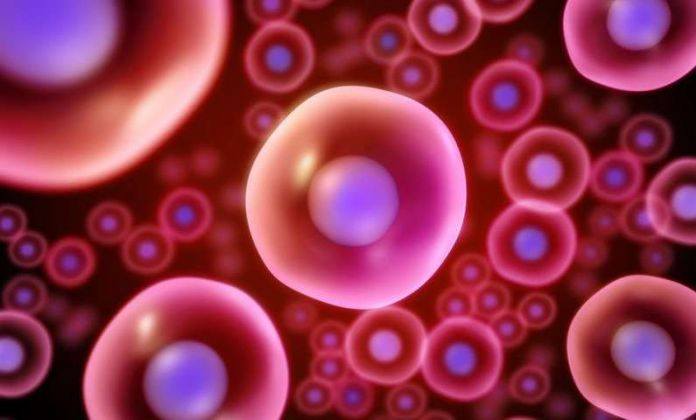When things are perfect in your body, it’s due to long strings of brand-new proteins. Those are being folded up inside the right knots and transferred to the exact place within the cell at just the right time. Oppositely, various human diseases like cancer and neurodegenerative diseases arise due to some aspect of this proteins delivery process goes badly.
Understanding the mechanisms that accelerate these processes is important to design increasingly efficient drugs and therapies for these diseases. Now, Stanford scientists are poised to rewrite textbooks after gaining new insight into one of the fundamental mechanisms of proteins delivery.
Proteins delivery starts when a piece of messenger RNA travels instructions and a command to a ribosome. The ribosome tracks the directions encoded on the mRNA, which itself was translate from the genes within your DNA and fabricate the specific protein. The next step is where things get interesting.
Earlierly, in 1970 scientists showed, the first part of many new proteins is a signal makes the ribosome pump the product into another cellular structure. It known as the endoplasmic reticulum (ER). This critical vision was the basis for the Nobel Prize in medicine or physiology in 1999. A “signal recognition particle” (SRP) locks the protein signal to help pilot it to the ER. The SRP immedietly stops protein generation. With the ribosome kicking back into action once it reaches the ER and the SRP has moved along.
Judith Frydman, “Our data supports the role for SRP. But our experiments did not support this model. This is what is so cool about this study. We found that in fact, SRP works through a very different and completely unexpected mechanism.” Judith Frydman is a professor of biology and of genetics at Stanford.
Through novel techniques and instruments which enables scientists to detect the mechanism in higher resolution than previously possible. Scientists found that the mRNA actually consist of little information that the SRP recognizes before protein generation starts. The SRP actually waits at the exit site of the ribosome before the protein even arises. The researchers also found, the SRP didn’t stop protein generation at all, as previously believed.
Frydman said, “It’s almost prescient; it already knows before it comes and just steps right in. The dual discovery is both important and interesting. Because how and when proteins reach the membranes within the cell has dire consequences.”
“The important processes depends on the loyalty of where proteins have to go. Cells need to secrete proteins faithfully. If a specific protein stays in the cytoplasm, it could composite and causes loss of healthy function or the accidental gain of unhealthy function. These gains or losses are various complex diseases, like cystic fibrosis, cancer and Alzheimer’s disease. Many pharmaceutically important proteins are develop in large part by targeting them to this secretory pathway. But they have also been design depending on this classical model. Having a better understanding of this process could really increase the process of designing new pharmaceuticals,” he continued.
